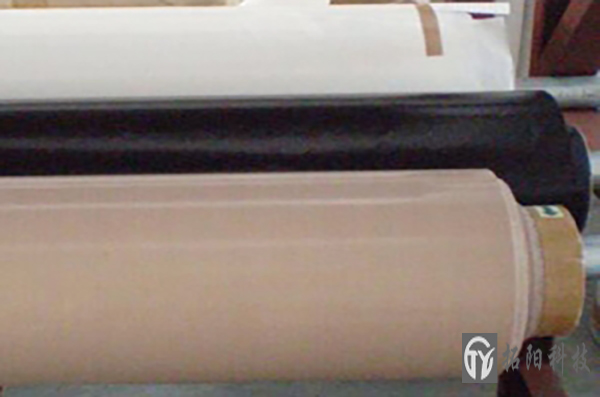1 Oxygen: Oxygen reacts with rubber molecules in free radical chain reaction, and the molecular chains crack or cross link excessively, causing changes in rubber properties. Oxidation effect is one of the important reasons for rubber aging.
2 The chemical activity of ozone and ozone is much higher than that of oxygen, and they are more destructive. They also crack the molecular chain, but the effect of ozone on rubber varies with whether the rubber is deformed or not. When the effect is on deformed rubber (mainly unsaturated rubber), cracks perpendicular to the direction of stress effect appear, which is called "ozone cracking"; When applied to deformed rubber, only oxide film is formed on the surface without cracking.
3 Heat: Increasing temperature can cause thermal cracking or thermal crosslinking of rubber. But the basic effect of heat is activation. It is a common aging phenomenon hot oxygen aging to improve the oxygen dispersion rate and activate the oxidation reaction, thus accelerating the rubber oxidation reaction rate.
Conveyor belt
4 Light: The shorter the light wave, the greater the energy. The damage to rubber is caused by ultraviolet rays with high energy. In addition to the direct cracking and cross-linking of rubber molecular chains caused by ultraviolet radiation, rubber generates free radicals due to absorption of light energy, which initiates and accelerates the oxidation chain reaction process. Ultraviolet light plays a heating role. Another characteristic of light effect (different from heat effect) is that it mainly develops on the surface of oak. The two sides of the sample with high glue content will show network cracks, which is called "light outer layer cracks".
5 Mechanical stress: Conveyor belt Under the repeated effect of mechanical stress and the continuous friction process with the idler, the rubber molecular chain will crack and generate free radicals, which will lead to oxidation chain reaction and constitute a mechanochemical process. Mechanical cracking of molecular chains and mechanically activated oxidation processes. Which can take the advantage depends on the conditions. In addition, under the stress effect, ozone cracking is simply caused.
6 Moisture: The effect of moisture has two aspects: when rubber is exposed to wet air or soaked in water, it is simply damaged, because the water-soluble substances and water groups in rubber are extracted and dissolved by water. It is caused by hydrolysis or absorption. Especially under the replacement effect of water immersion and atmospheric exposure, it will accelerate the damage of rubber. However, in some cases, moisture has no damage effect on rubber, and even has the effect of delaying aging. The factors affecting rubber include chemical media, variable metal ions, high-energy radiation, electricity and biology.

















